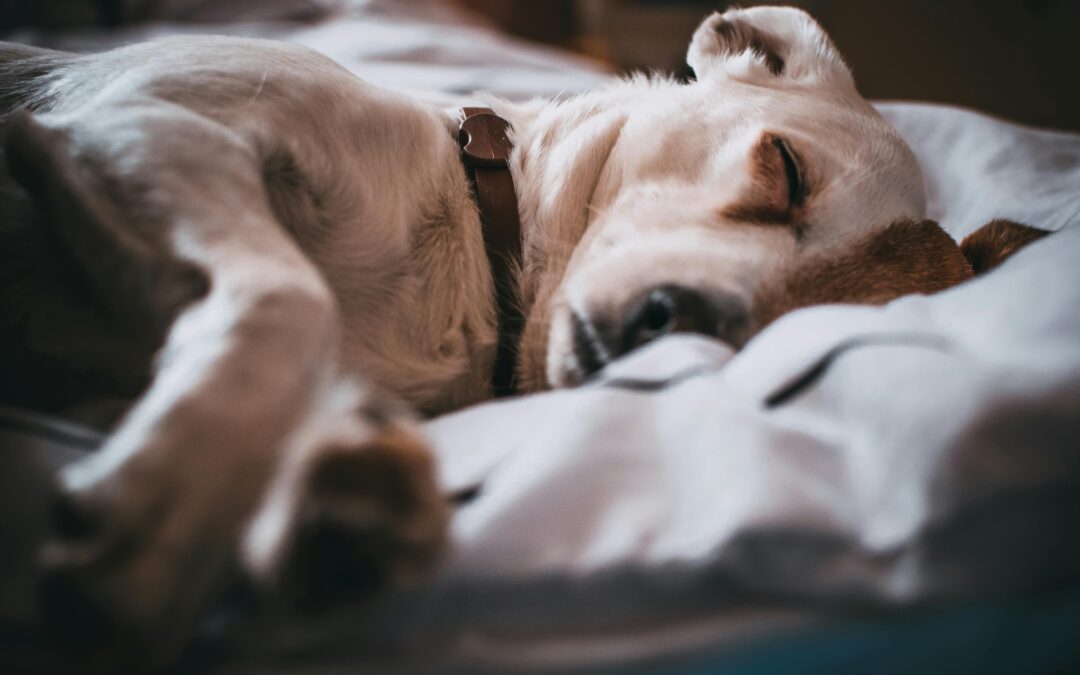CAN CANCER IN ANIMALS BE TREATED?
Lumps and bumps are common in dogs and cats, especially as they get older. Many are harmless with no treatment necessary, but some are nasty, so it is always worthwhile to have them checked out by your vet.
Cancer is the general name given to a multitude of different diseases that involve the uncontrollable growth of abnormal cells in the body. The type of cancer depends on the body part that it starts in, and which cells in that body part are involved. The type of cancer remains the same even if it spreads, so for example if colon cancer spreads to the liver, the cancer in the liver is still colon cancer, not liver cancer.
Every type of cancer is different and responds differently to different treatments. Some are much more responsive to treatment than others, so before we can decide on a treatment we must first determine what type of cancer we are dealing with.
The first line of treatment for a worrying lump is usually surgery. If possible we will remove the whole lump and send it for analysis. Sometimes we can treat a mass with chemotherapy before resection to shrink it and make it easier to remove. Often surgical removal of a tumour is all that is needed for cure. If a lump comes back as cancer it will need to be staged, to determine if it has spread in the body, and if so how far. This also gives us a better idea of which treatments are suitable, and of the prognosis for your pet.
To stage a cancer we need to evaluate the lymph nodes that are closest to the cancer, and maybe do x-rays or scans to see if we can find any signs of the cancer anywhere else in the body. Before we can start any treatments, we must also run blood tests to check for cancer markers, and to make sure that the organs such as the bone marrow, kidneys and liver are working properly and that they will be able to handle the treatments.
These days there are many options for treatments of cancer in your pet. At Oribi we have recently used chemotherapy bead implants in a cancer on a cat’s nose and in a malignant tumour inside the nose of a dog with good responses in both. Although it may not have been curative (we cannot know for sure if the cancer is completely gone), it has given them both many extra symptom-free months. We have also treated an anal gland cancer in a dog by first removing it surgically, and then following it up with a course of chemotherapy. Dogs manage remarkably well on chemotherapy, and our patient Tessa was happy, eating and feeling good while she was on her chemo. We are currently monitoring her and will be doing a clinical exam and blood tests on her regularly to check for recurrence.
So if you have any concerns or questions regarding lumps or bumps on your pet, please do not hesitate to contact your vet. The earlier a cancer is caught the better the chances that it can be treated.

